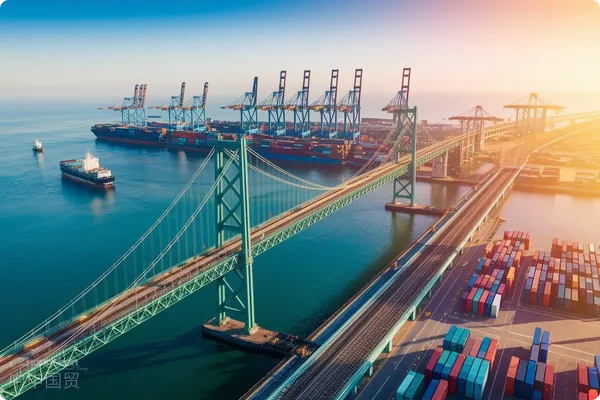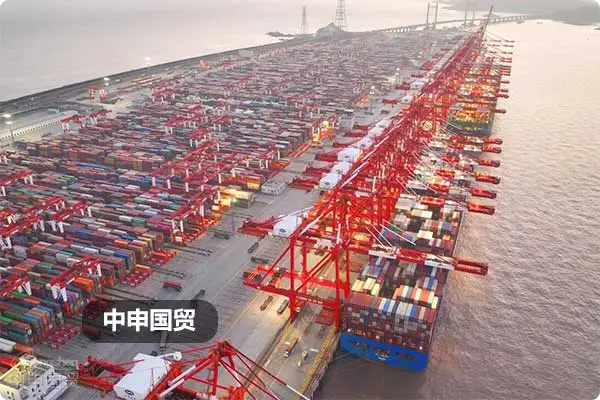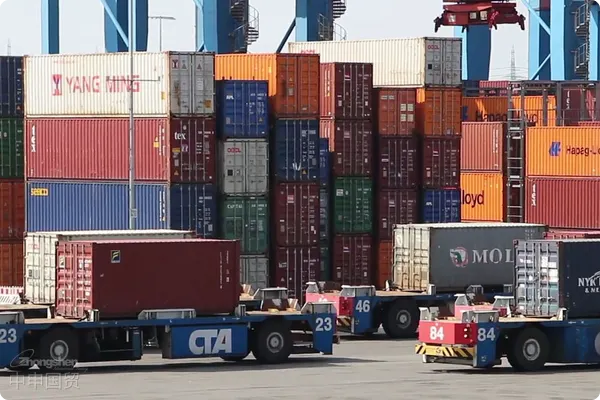- Shanghai Zhongshen International Trade Co., Ltd. - Two decades of trade agency expertise.
- Service Hotline: 139 1787 2118

The ins and outs of South Korea container weight limits
As an old hand with 20 years of experienceforeign tradeVeteran, I frequently receive inquiries about South Korea container weight limits. This seemingly simple question actually contains hidden complexities. Today Ill share my years of practical experience to thoroughly analyze this weighty topic.
The gap between official standards and actual operations
Theoretically, the weight limit of international standard containers mainly considers two factors:
- Container tare weight: 20-foot small container approximately 2.2 tons, 40-foot large container approximately 3.8 tons
- Maximum gross weight: Typically 30.48 tons (including container weight)
But in actual operations, South Korean ports do have some special regulations. Based on my experience, Incheon Portsactual weight limitfor 20-foot small containers is usually around 25 tons (including container weight), while 40-foot large containers range between 26-28 tons.
Key factors affecting weight limits
Why are there so many different versions of these claims? Because weight limits are influenced by multiple factors:
- Shipping company policies: Different carriers have varying acceptance levels for heavy cargo
- Terminal regulations: Loading/unloading equipment capacity varies across ports
- TrailerLimit: Local trucking companies transportation capacity
- Cargo type: Different handling methods for heavy cargo and light bulky cargo
Last year I handled a marble shipment case where a 20-foot container was loaded with 24 tons and cleared customs smoothly. But another clients steel shipment exceeding 25 tons was required to be split during the same period.
Practical advice: How to handle safely
Based on years of experience, Ive summarized the following practical suggestions:
- Confirm in advance: Always verify the latest weight limit standards with your freight forwarder before shipment
- Leave margin: Recommended to keep 20-foot containers under 24 tons and 40-foot containers below 26 tons
- Flexible solutions: Consider splitting heavy cargo or using special containers
- Document Processing: Suggested to show slightly lower weight than actual limit on the bill of lading
I remember a case in 2019 where a client insisted on loading 27 tons, resulting in high overweight charges at the destination port - the gain didnt outweigh the loss.
Handling techniques for special situations
What to do when approaching weight limits? Here are some tips:
- Select the appropriate shipping line: Some shipping lines are more lenient with heavy cargo
- Adjust the container loading plan: Optimizing the loading method can increase capacity
- Report in advance: Maintain communication with the destination port agent
- Purchase insurance: Buy additional insurance for heavy cargo
Last month, we helped a client handle 25.5 tons of chemical products. Through prior communication with the shipping line and terminal, the goods were successfully cleared.
Summary: Safety first, respond flexibly
South Koreas container weight limits do not have a one-size-fits-all standard and require flexible handling based on specific circumstances. As foreign trade professionals, we must pursue maximum efficiency while ensuring safe and smooth customs clearance. Remember:Playing it safe is more cost-effective than taking risks, and planning ahead is more convenient than fixing problems afterward.
If you have any questions, feel free to discuss. Twenty years of foreign trade experience tells me: each case is unique and requires our careful attention.
Related Recommendations
Learn
Contact Us
Email: service@sh-zhongshen.com
Related Recommendations
Contact via WeChat

? 2025. All Rights Reserved. Shanghai ICP No. 2023007705-2  PSB Record: Shanghai No.31011502009912
PSB Record: Shanghai No.31011502009912









